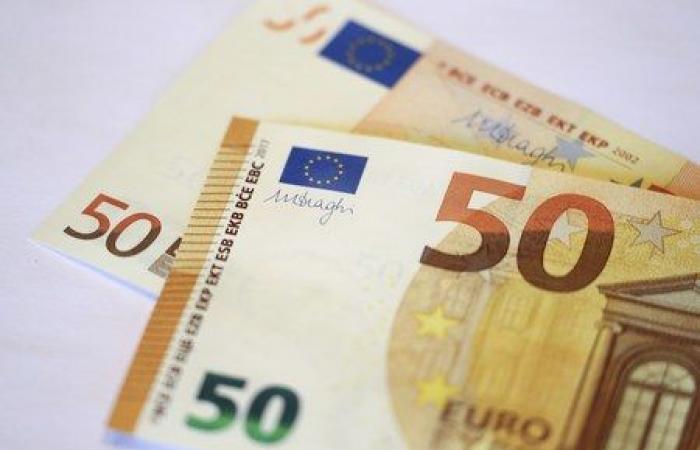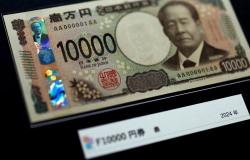The dollar was supported by rising US yields and low-yielding currencies were hit on Tuesday, including the Chinese yuan and the Japanese yen, which hit their lowest level since 1986.
Yields on 10-year Treasury notes rose nearly 14 basis points to 4.479% overnight, with analysts attributing the move to expectations Donald Trump will win the U.S. presidency and increase tariffs and government borrowing.
As the dollar rose, the euro resumed some of its small rally after the first round of French elections came out more or less in line with polls. The single currency last bought $1.0735.
“Trump’s better performance (in the debate) compared to President Joe Biden has reinforced expectations that inflation could accelerate, yield curves could steepen further and the dollar could continue to trade at a premium,” said Christopher Wong, currency strategist at OCBC.
The yen fell to 161.72 per dollar on Monday, its lowest level in nearly 38 years, extending a slide driven mainly by the wide interest rate gap between the United States and Japan.
The yen traded at 161.55 per dollar in Asia on Tuesday and fell on cross-border markets as yen bears feared the dollar/yen pair could face intervention by Japanese authorities.
Against the euro, the yen hit a record low of 173.67 on Monday and was close to that level on Tuesday.
As for bonds, the spread between US and Japanese rates was 340 basis points at 10 years and almost 440 basis points at 2 years.
The Chinese yuan, which hit a seven-month low against the dollar last week and has been virtually unchanged since, is under similar pressure, with U.S. 10-year yields more than 220 basis points higher than Chinese government bond yields.
Strong manufacturing data from China and the central bank’s announcement that it would borrow bonds – likely to sell them and stabilize falling yields, traders said – gave the currency only a brief boost on Monday.
It was at 7.3043 in offshore trading on Tuesday, a hair’s breadth from its June low.
The New Zealand dollar slipped 0.3% in early trade and tested support at its 200-day moving average at $0.6075. The pound was steady at $1.2641.
The Australian dollar hovered in its recent range at $0.6650 as traders focused on the central bank minutes to gauge how seriously policymakers are considering interest rate hikes.
Swap market prices imply a one in three chance of a rate hike as early as next month.
“We know it’s been talked about, the question is what’s the trigger,” said Rob Carnell, an economist at ING. “We’re leaning towards a hike at the August meeting.






